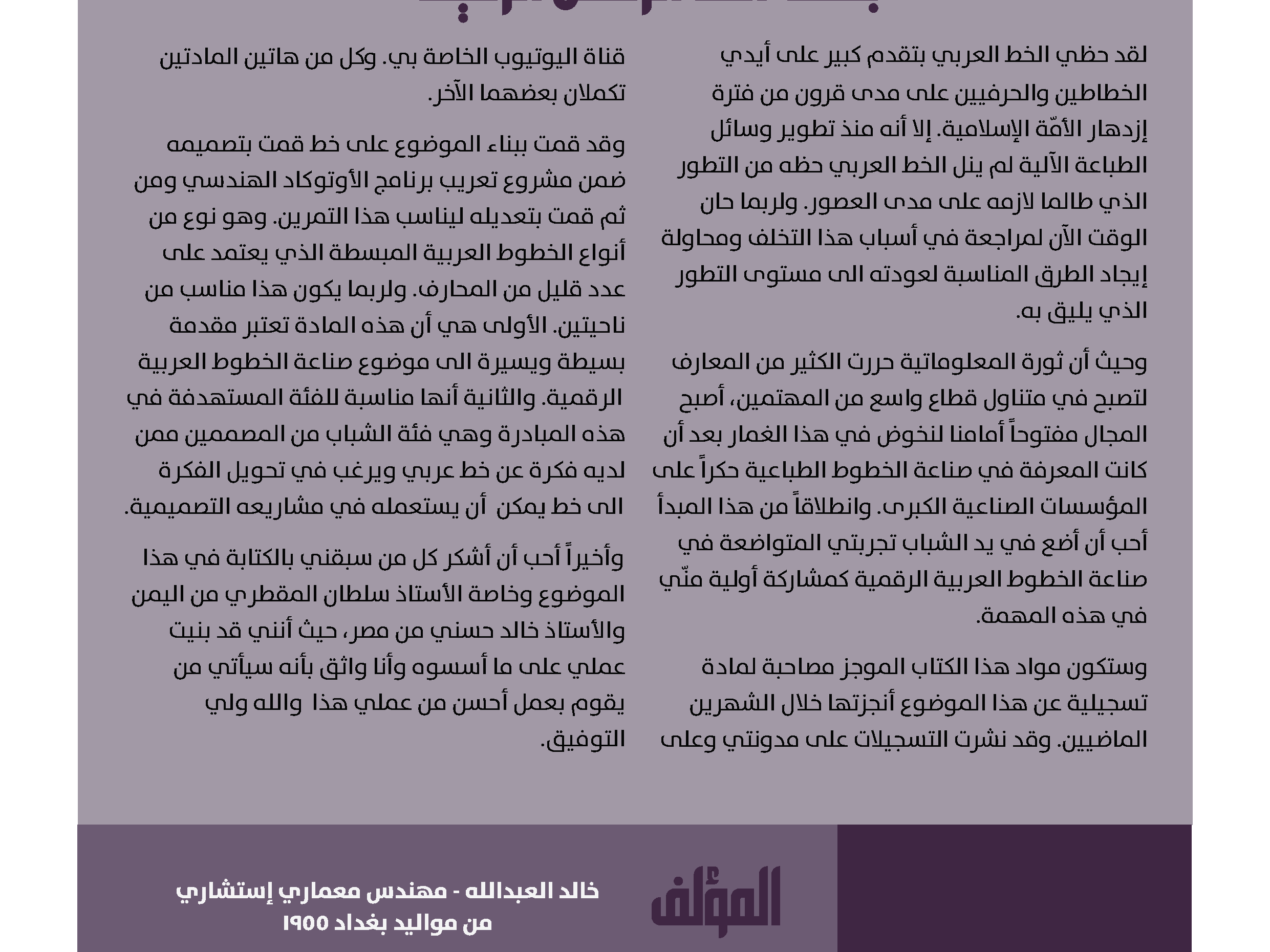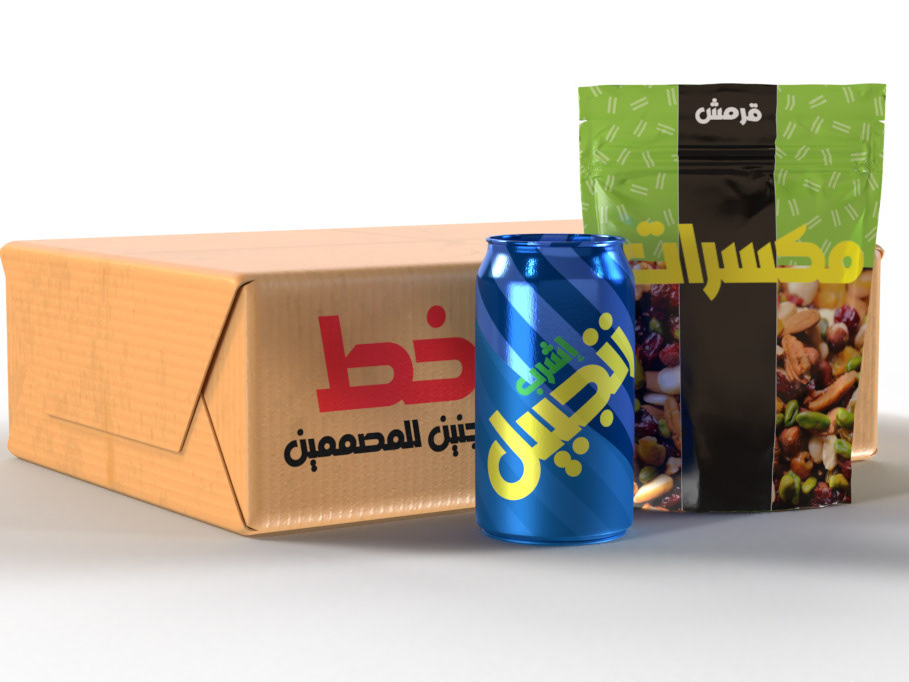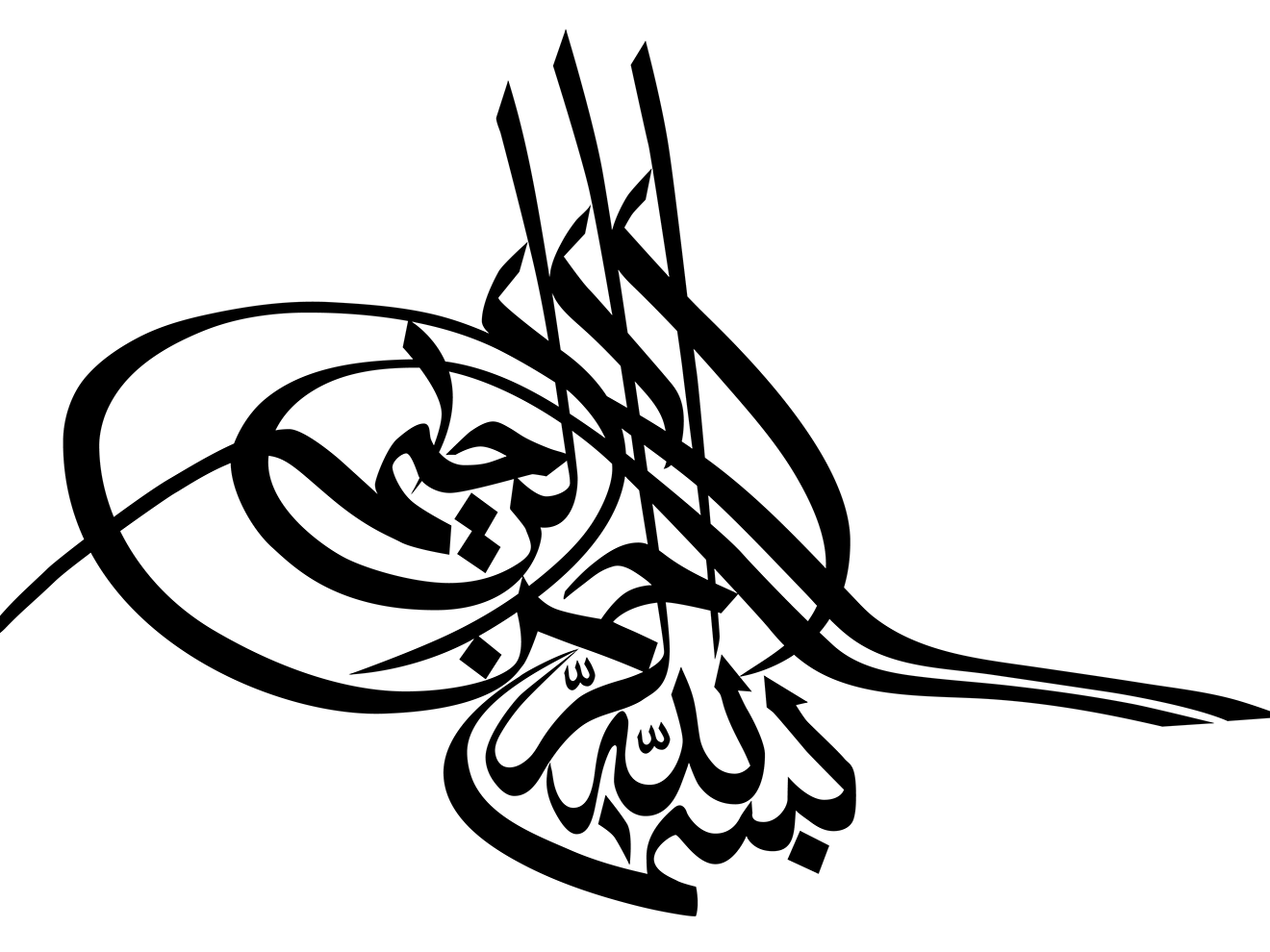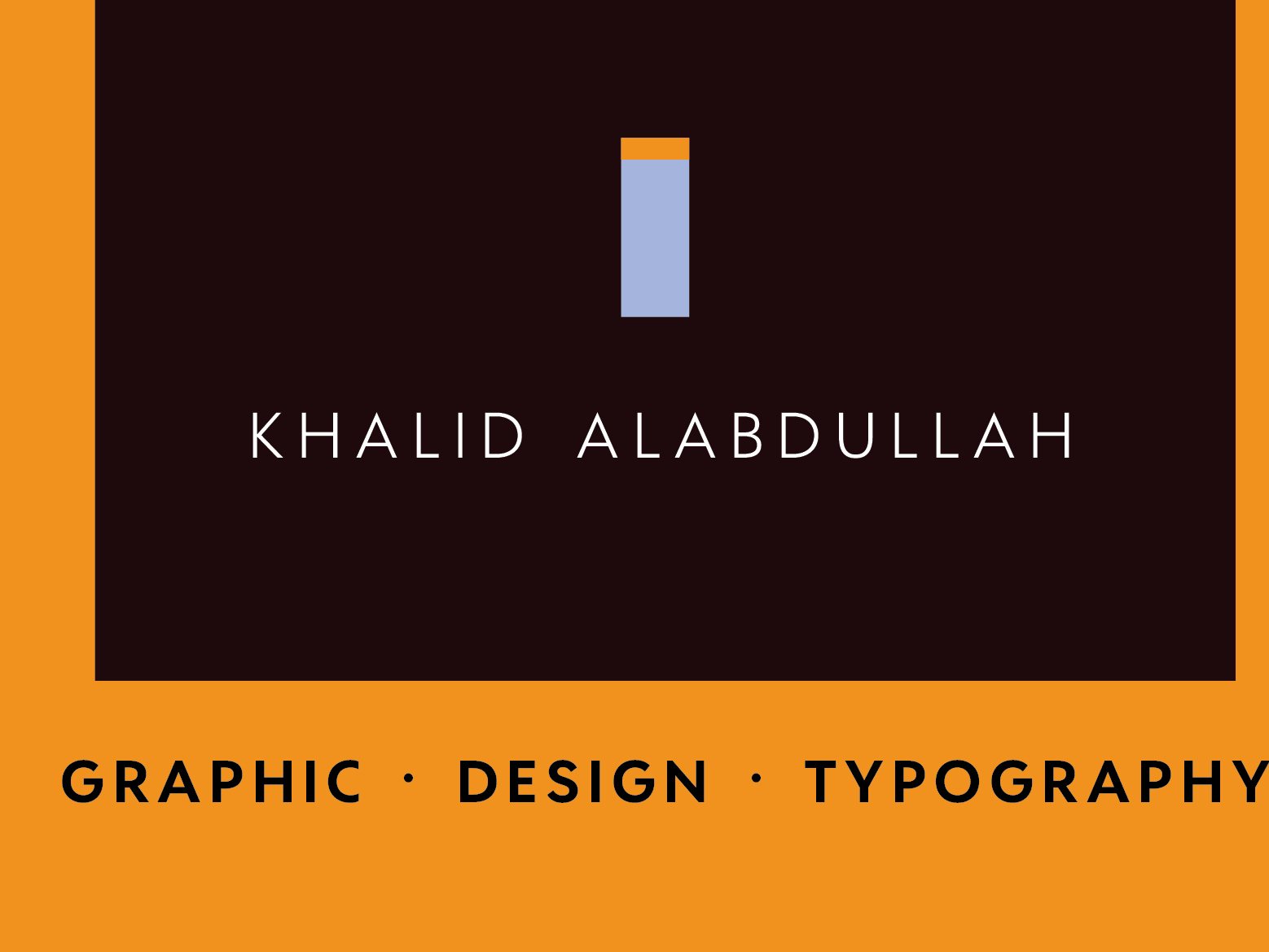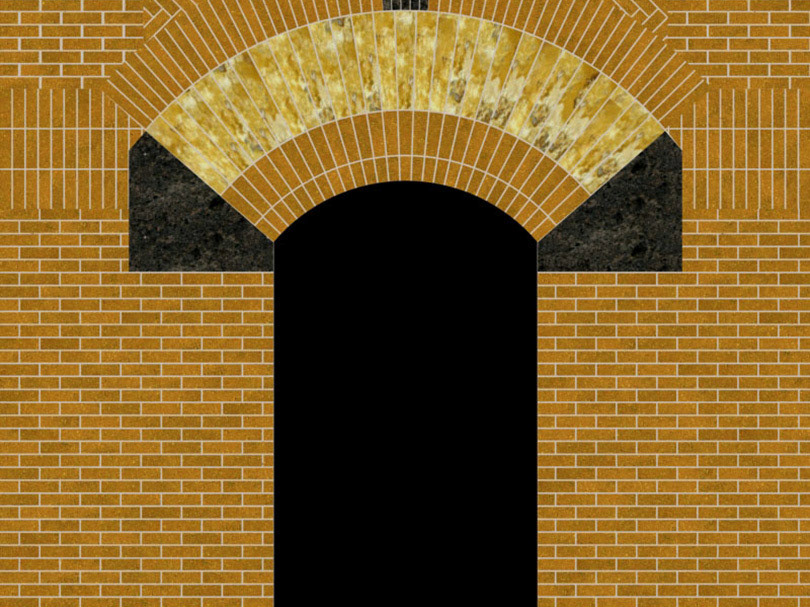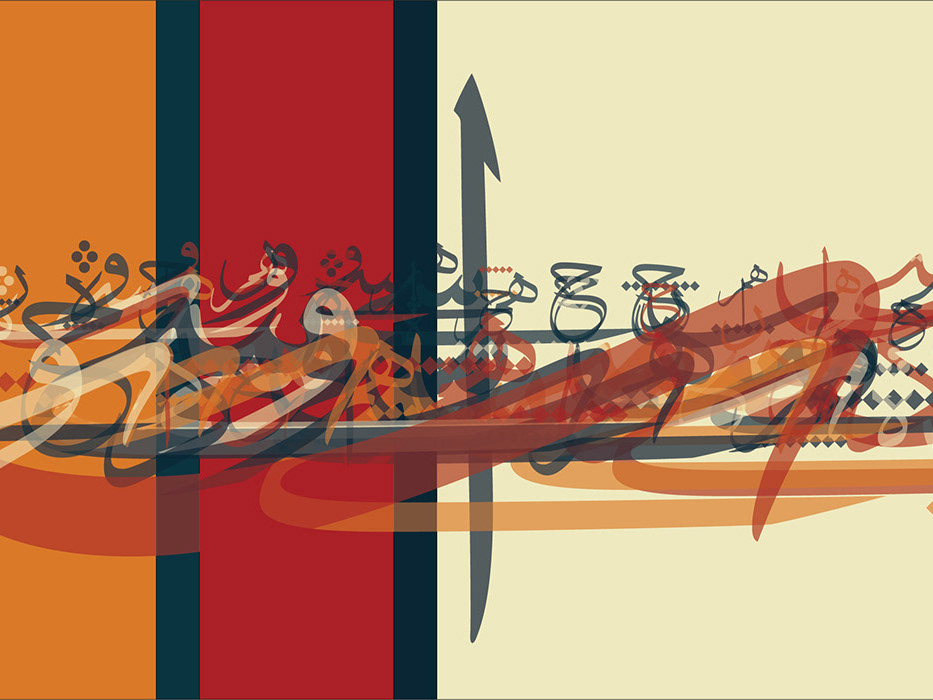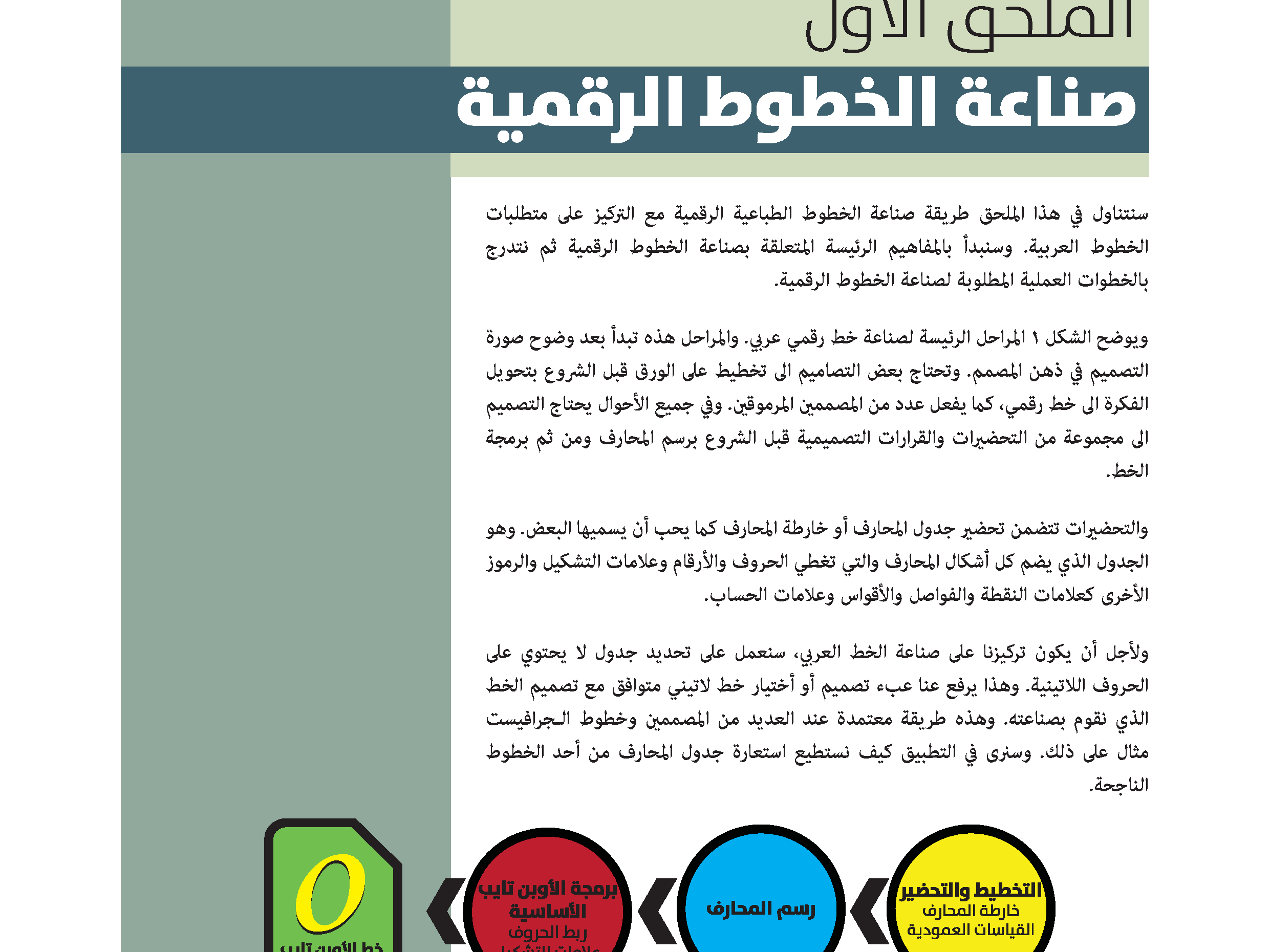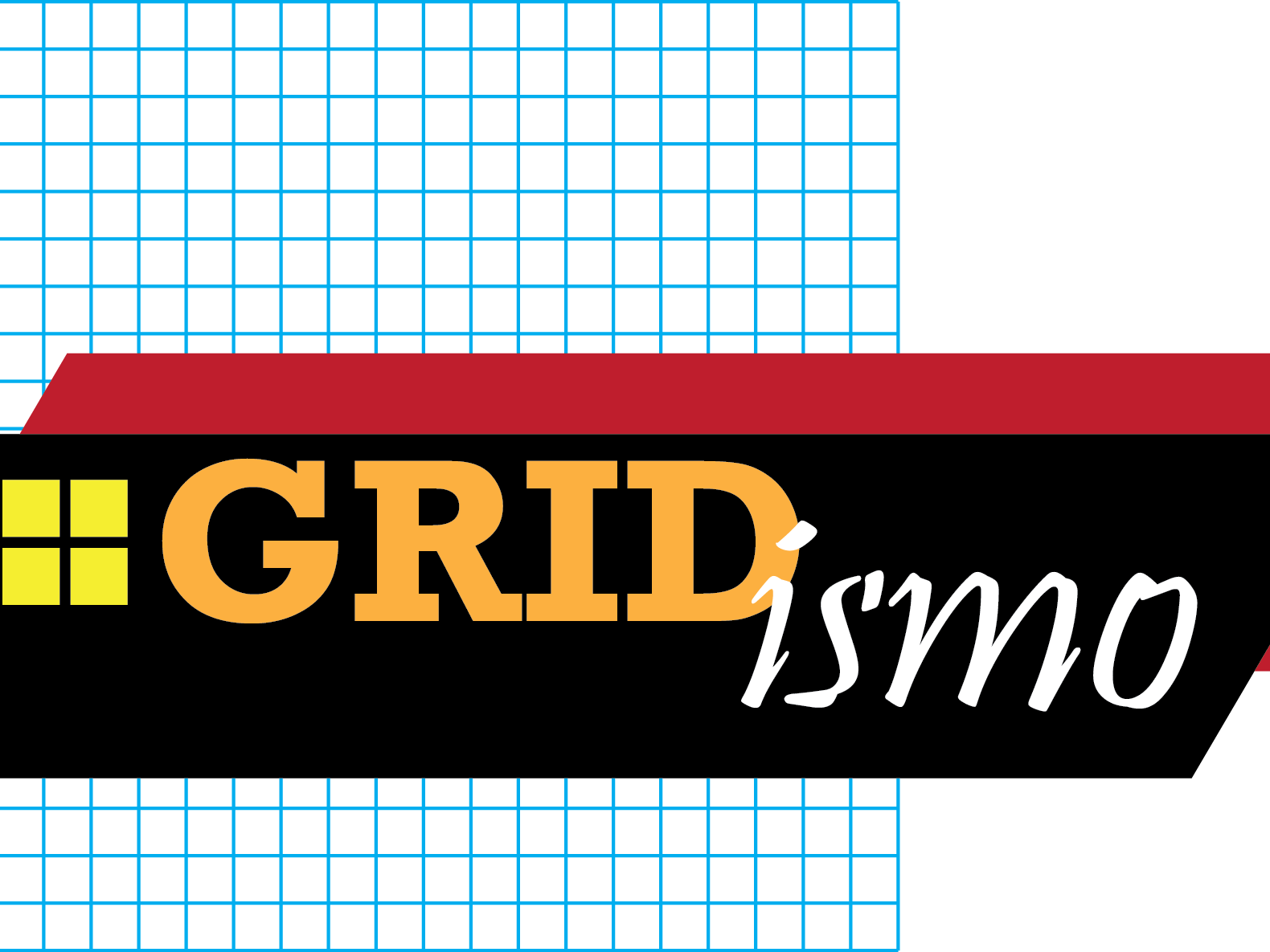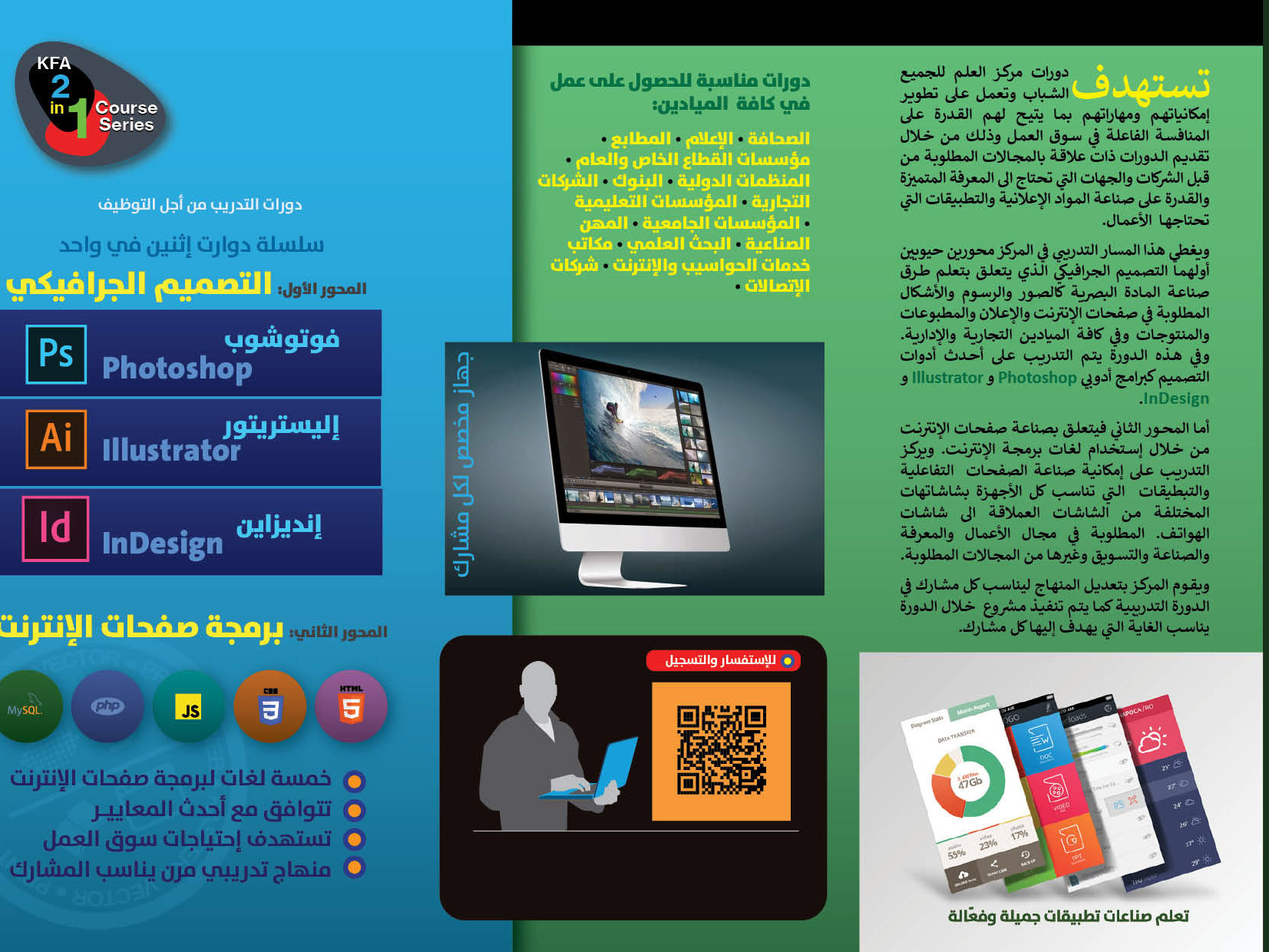As a byproduct of a research initiative to classify Arabic script, I implemented a series of mini-posters on the traditional styles of Islamic calligraphy. The styles chosen for the series were Thuluth, Naskh, Ruq’a, Nastaliq, Diwani, Kufi, and Maghrebi. All these traditional styles are still in current usage.
The Thuluth and Naskh styles were invented in Baghdad in the 10th century CE. They were perfected by the Ottomans to highly regulated calligraphic styles. The Ottomans invented the Diwani and Ruq’a styles for chancery applications. When type was invented and started spreading across the world, the Ottomans were reluctant to allow it to replace the highly refined script styles that they employed. This is understandable when comparing the crude typestyles of Arabic type that were tried with the magnificent calligraphic script that they had.
The Kufi style fell out of favor during the Ottoman period. However, modern Arabic script that is influenced by the Western type derive styles (and nomenclature) from the Kufi style, which shares the geometric aspect that is characteristic of the Latin script.
The beautiful Maghrebi is a regional script style in the western areas of Islamic lands. It was once the standard script style in Andalusia but has now receded from common usage to artistic and craft applications in the Arab Maghreb.
The educational posters that I designed were implemented using Photoshop layers to compose various calligraphic material in a collage art style. The selected material focused on script reference work and did not include text passages to prevent the distraction that might result from the significance of the text content. The calligraphic material was superimposed on an old paper background to impart a vintage expression.
